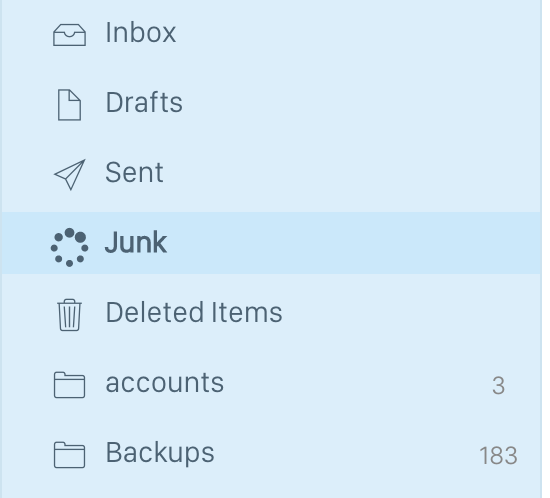You’ve probably dealt with email SPAM already today, and you’re not alone. The amount of email messages being sent around the world every day reached 281 million in 2018. That number is expected to rise to over 300 million by 2020. But, according to reports, around 49.66% of them, were SPAM!

So, What Constitutes Email SPAM?
SPAM emails are email messages that nobody asks to receive, yet they flood our mailboxes daily. Most are unsolicited commercial email messages that offer various products and services. While SPAM might seem little more than a nuisance, they can be a serious threat.
Why You Shouldn’t Use Email SPAM Tactics
If you were thinking about sending bulk commercial mails hoping for a ‘mass’ approach to sales, don’t. Even if you have the best intentions, many others don’t. They are trying to harm recipients, which leaves everyone suspicious, and it’s not going to have the effect you want.
SPAM email often contains forged information about the sender and a subject line that has nothing to do with what the email is about. It also has links that lead to malicious sites or comes with infected attachments.
Also, SPAM email tactics are illegal, particularly if a user suffers damages as a direct result. If they manage to track down the sender, they can sue for damages. Identified spammers are often prosecuted for committing criminal fraud.
How Do Governments Fight SPAM Email?
Bulk sending tactics are permissible in some countries, like the United States, to a point – as long as your subject tells the truth and you didn’t tamper with sender information (those who receive your email should know it’s you).
Unsolicited bulk sending is now a legal offense in European Union as a result of the General Data Protection Regulation (GDPR). GDPR specifies that nobody can receive your promotional emails if they didn’t opt-in (subscribe to your mailing list). You are not permitted to send emails if they stated they are not interested in receiving emails from you.
This pertains to all residents of the EU, so even if your business is based outside of the EU, you will still be held responsible and might face up to a €20 million fine.
How to Fight SPAM Email?
Email providers fight email SPAM primarily by using filters. This type of software processes all incoming email messages to determine whether it’s SPAM or not. Some email messages are rejected and never reach the inbox. But, some may be received and end up in a special folder for SPAM messages or a quarantine folder to be inspected more closely.
These filters are also able to ‘learn’ so that when you mark messages as SPAM (or ‘Junk’ in some providers) it will learn for the future and label them going forward. Businesses that get frequent marks of ‘SPAM’ can find themselves blocked! So it really doesn’t pay to annoy people.
Users can fight SPAM by never disclosing their private email addresses on public websites or forums. Users should also learn about the most common scam techniques (such as phishing) as this also helps users stay secure from disclosing sensitive information. To be safe from SPAM email, ensure you choose an email provider with secure protocols and the latest email filters.
Shopped Email Hosting is a dedicated email hosting provider for the Shopify platform. It offers Shopify email hosting and migration of emails to Shopify. We take SPAM very seriously from our servers and fines of over $500 can be issued for those sending SPAM.





